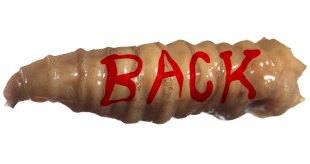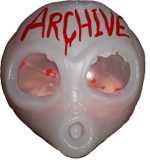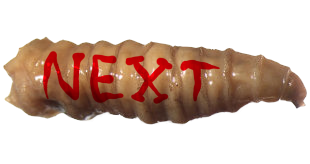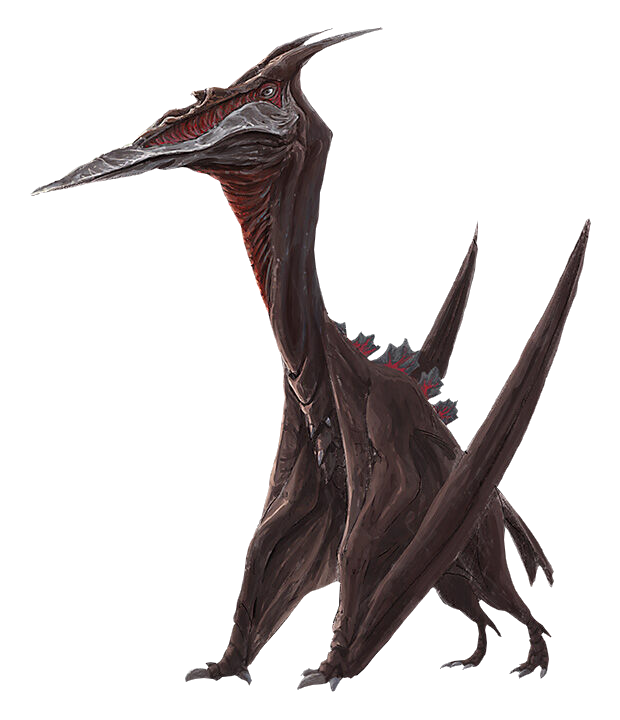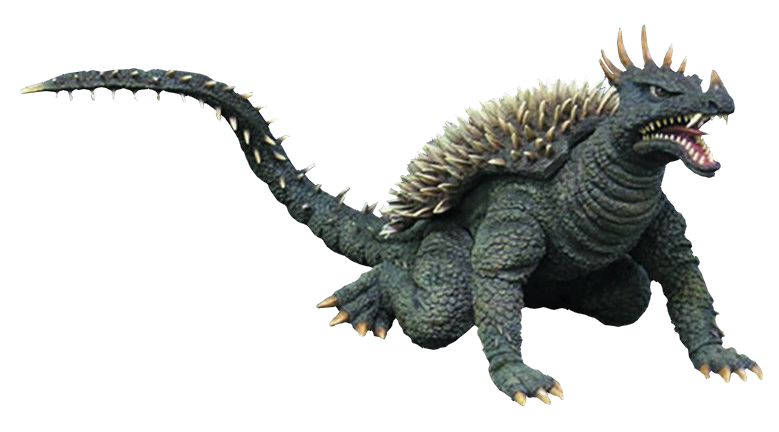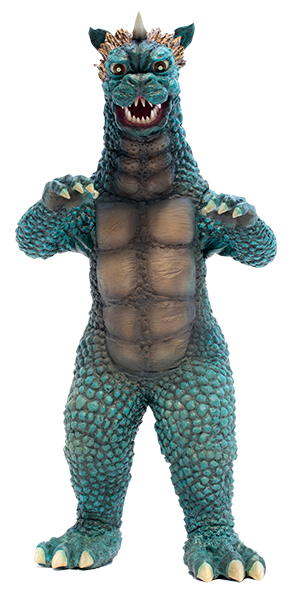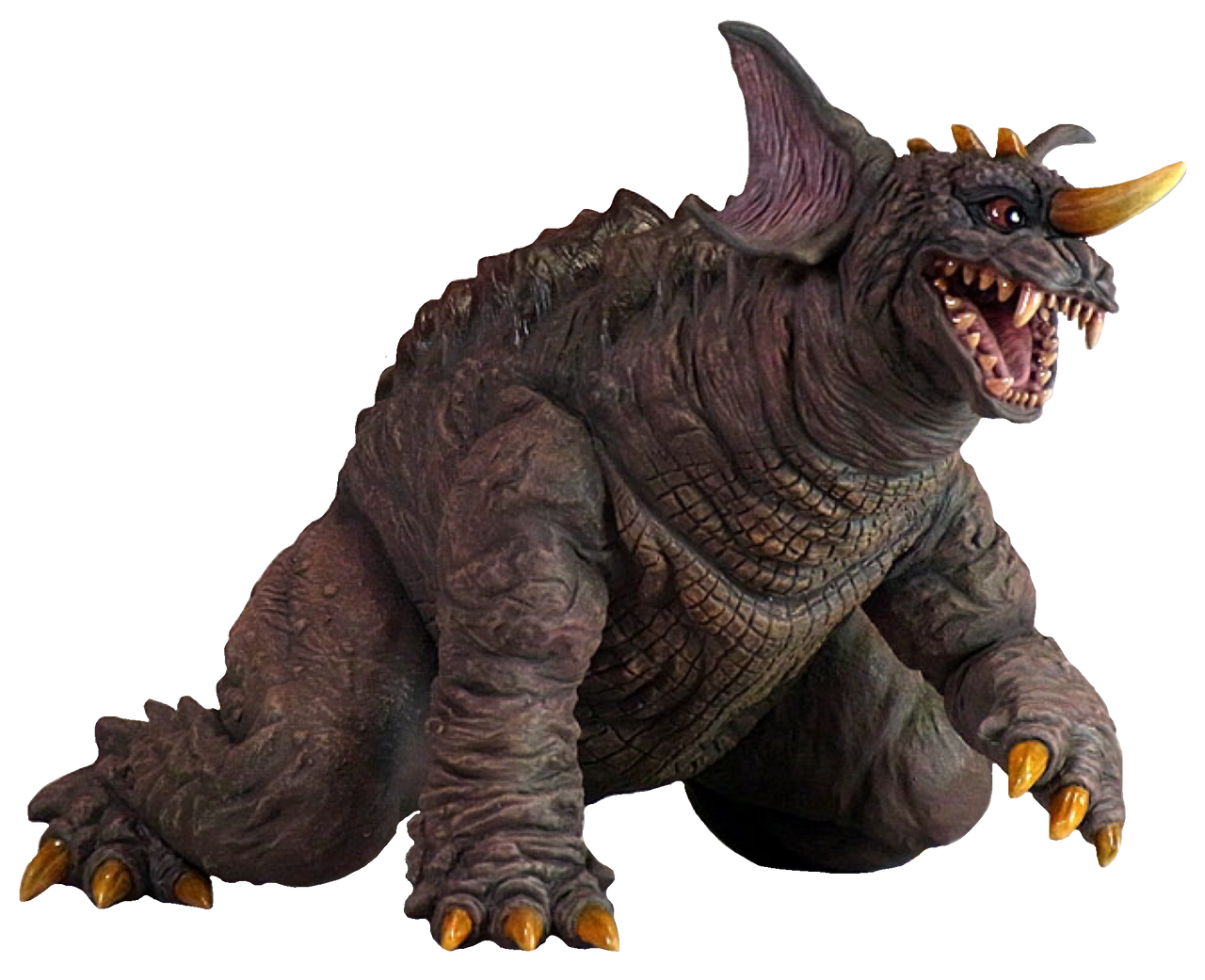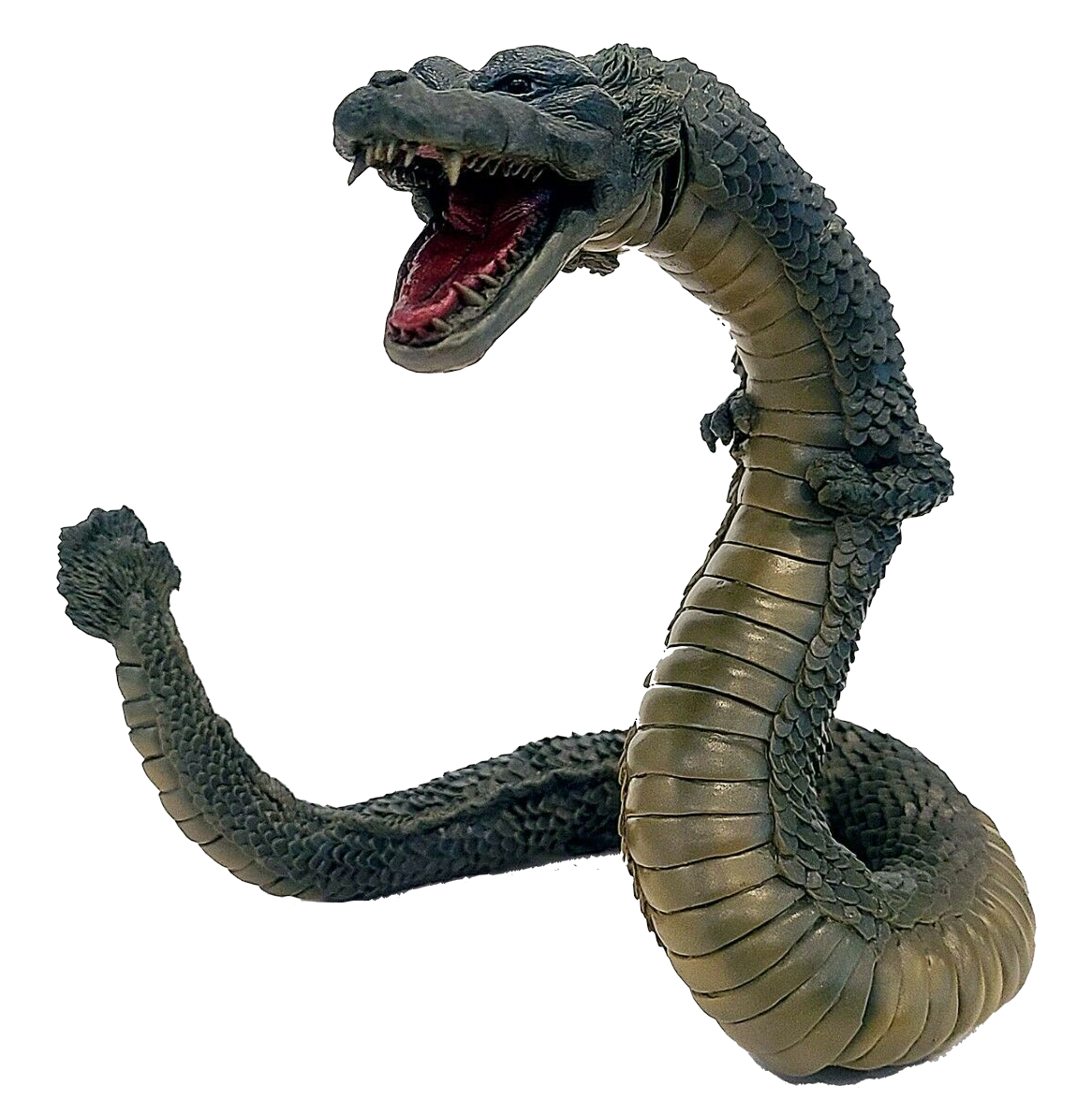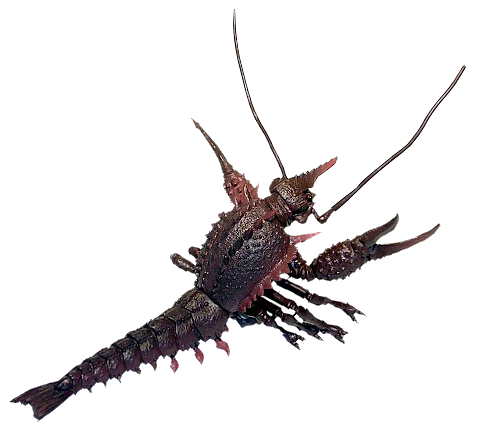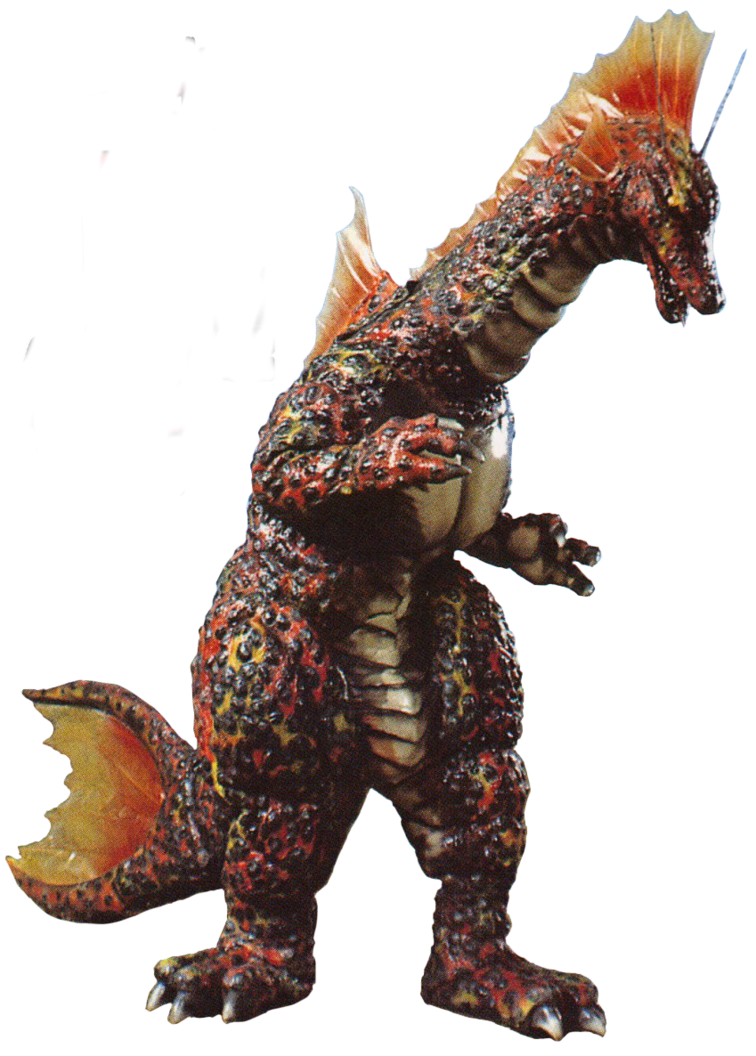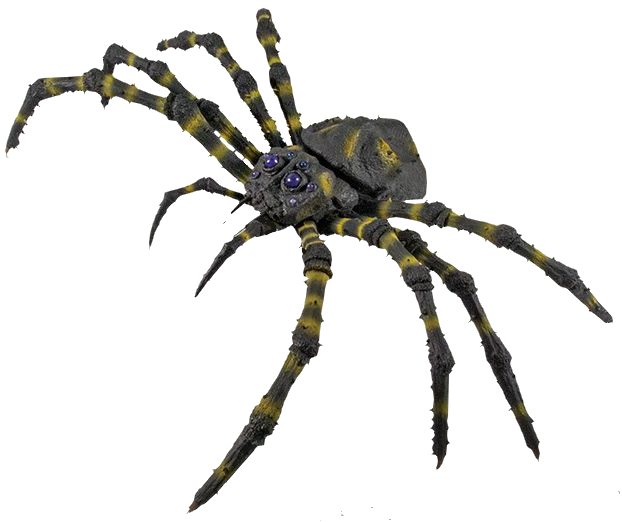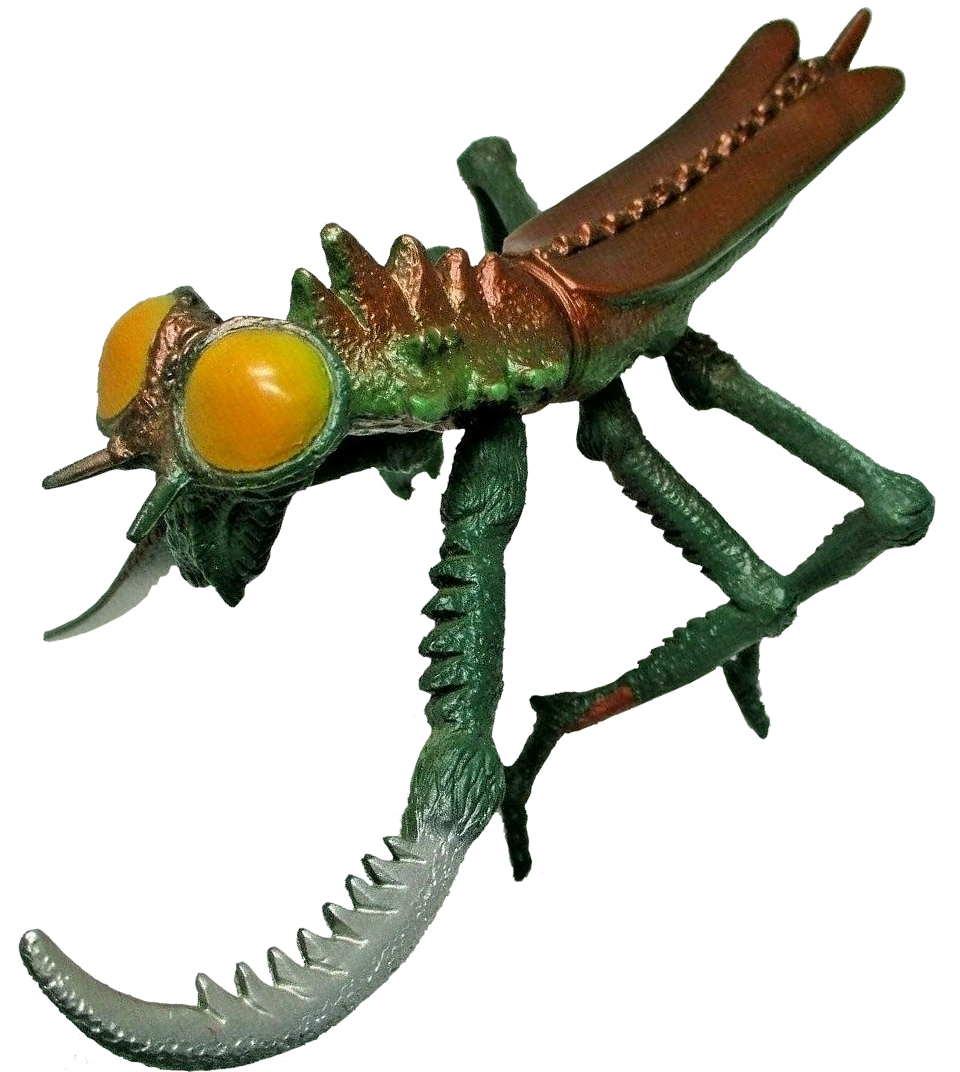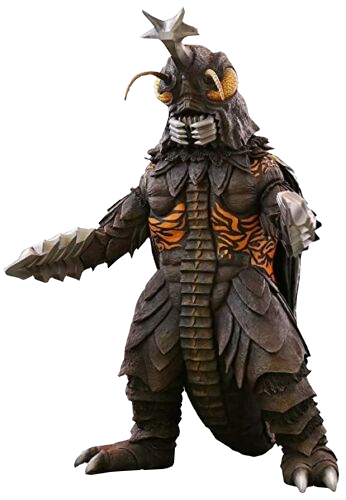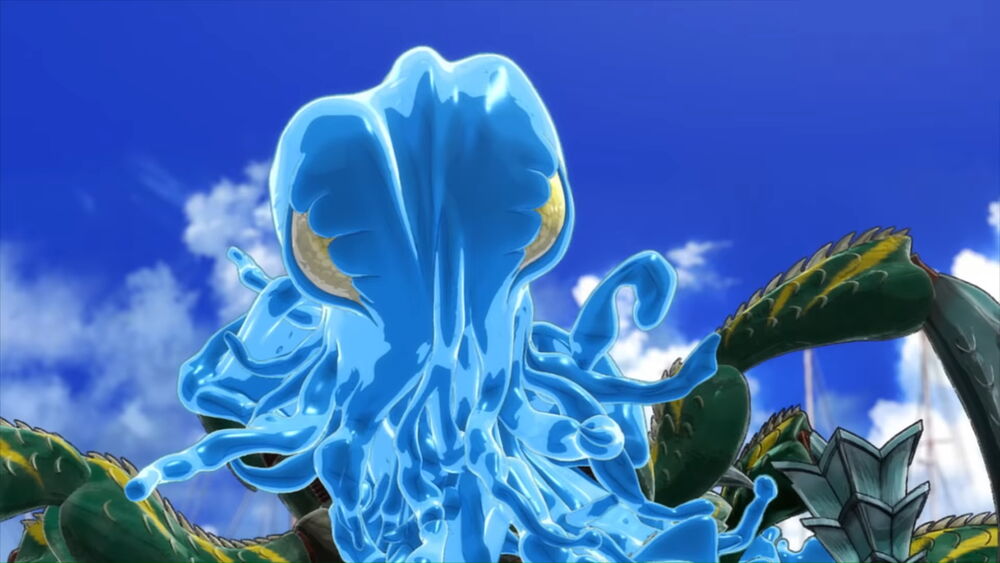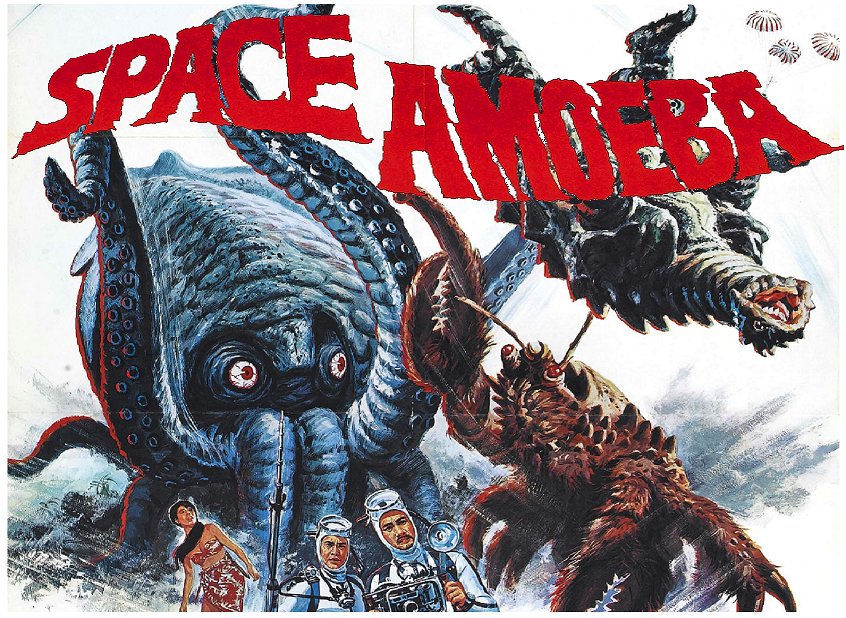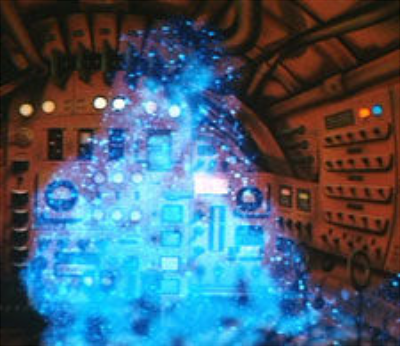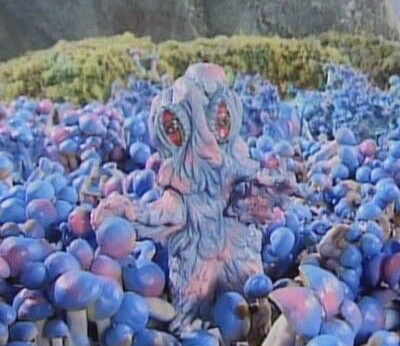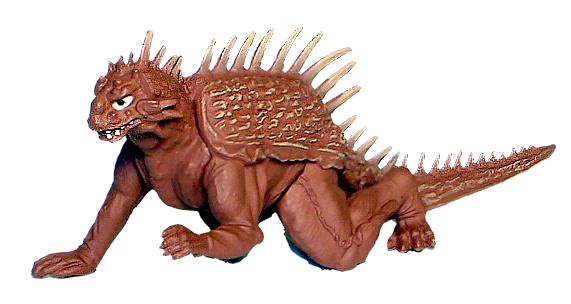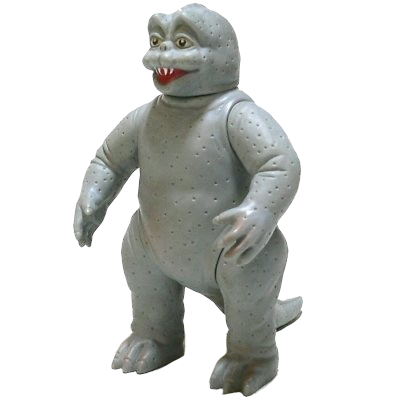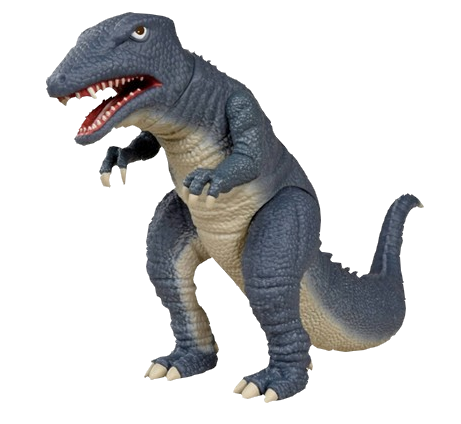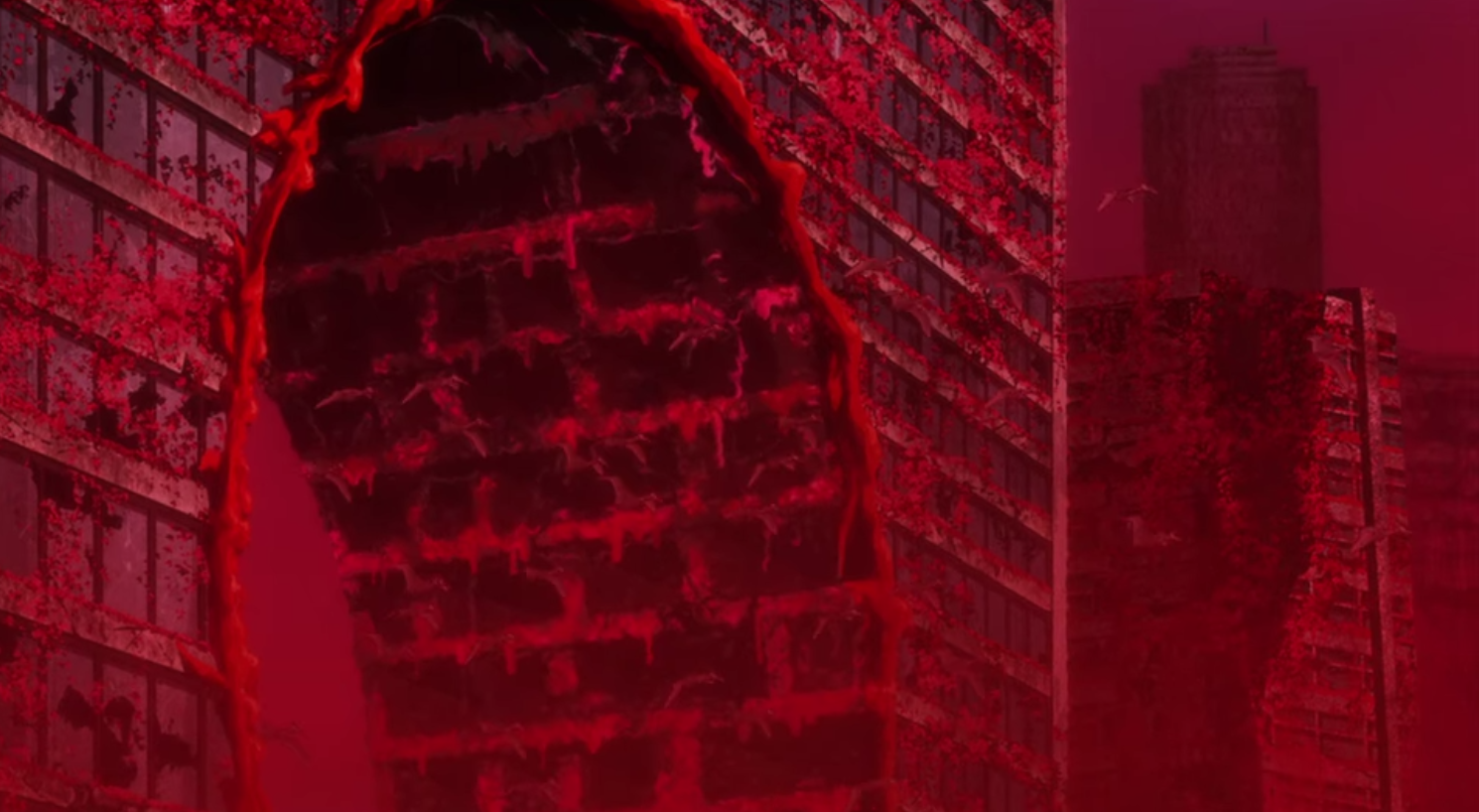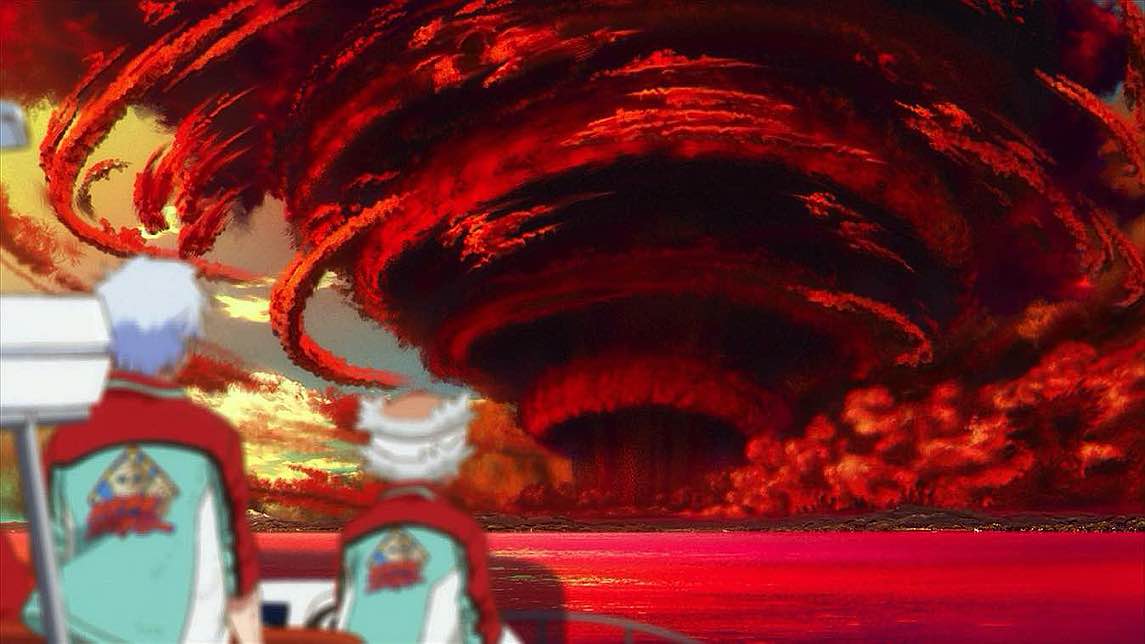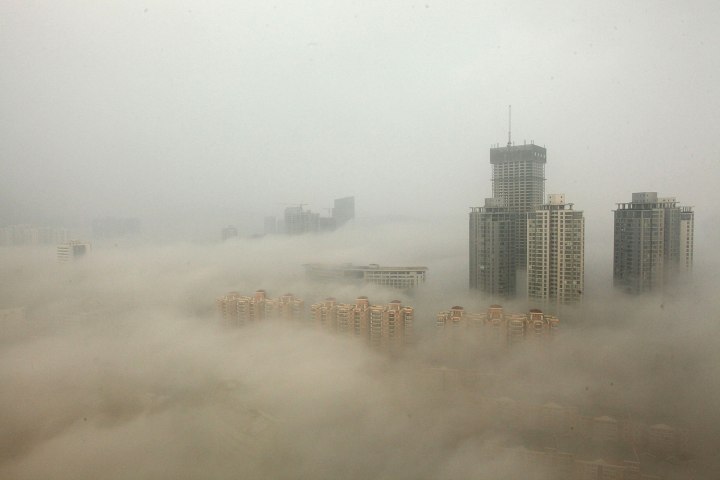
Reviewing Godzilla: Singular Point, Kaiju by Kaiju
Set in the 2030's of a very different historical timeline, Godzilla: Singular Point is a Netflix original anime series that only dropped recently in April 2021, and I don't know how anime fans or kaiju fans typically feel about it, but I do know I, personally, enjoyed watching it more than most other anime or most other kaiju media. The animation and color palettes are damn near stunning, and despite the fact that most of its airtime is devoted to its human characters, I actually loved all of them, to the point that I sometimes forgot this was all supposed to be a Godzilla story, and I didn't even mind.
But, perhaps you're asking what qualifies this as part of my yearly Halloween article marathon, which always focuses on "horrifying" or at least "spooky" content to some degree. To be honest, I've kind of relaxed that a little, but I think you'll agree that Singular Point actually has no problem meeting those criteria...
RADON
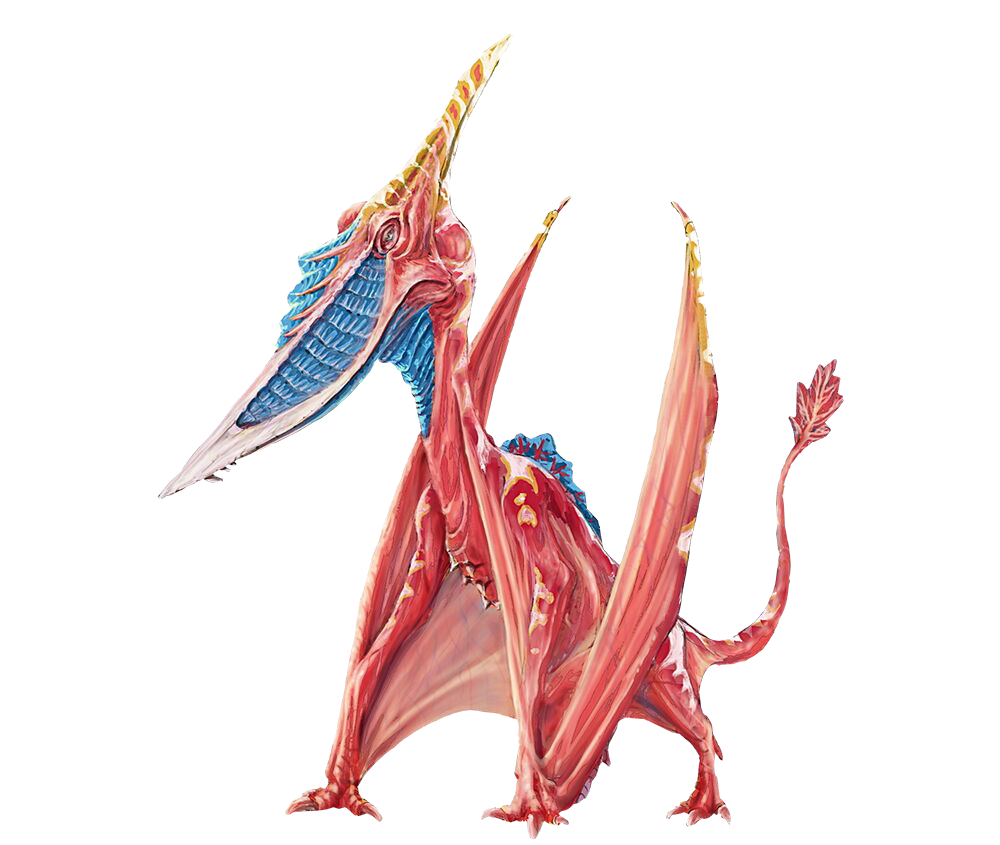
Singular Point is not set in a world where giant monsters are a familiar, well documented threat, so humanity is poorly prepared for a kaiju invasion that begins with a world-wide plague of what appears to be an undocumented species of pterosaur. Kaiju fans know that Rodan is known as Radon in Japan, originally a contracting of Pteranodon, but it has a much more literal meaning here: the reptiles emit radiation from actual radon in their bodies, and are highly attracted to man-made radio waves. The press soon coin the term "Radio Wave Monster," and "Radon" sticks as a nickname.
The creatures are almost senselessly aggressive, but inexplicably last for only hours before they wear down and die. Realistically, much of the world is too excited by the presence of living prehistoric beasts to be as worried as it should be, and it takes only days for Radon plush toys and t-shirts to hit the market...but more and more of them keep turning up, both dead and alive, nobody can figure out where they came from, and nobody can figure out the composition of a mysterious, blood red dust shed from their bodies. Soon, Radon are practically blotting out the sun over major cities, and once the dust builds into an eerie red fog, it appears to be just the environmental conditions the monsters actually require.
As the very first monsters seen in the very first episode, the Radon let us know exactly what we're in for: a paranatural science mystery co-starring drastic reinventions of famous Toho monsters. Seeing "Rodan" as an anatomically realistic pterosaur might be a little jarring at first, and especially one small enough that it can crawl inside a schoolbus to pursue human prey, but they borrow a number of subtle design touches from the original scaly buzzard - like their prickly chest scales - and I love the bright blue membranes of their necks and beaks, almost reminiscent of a mandrill!
ANGUIRUS
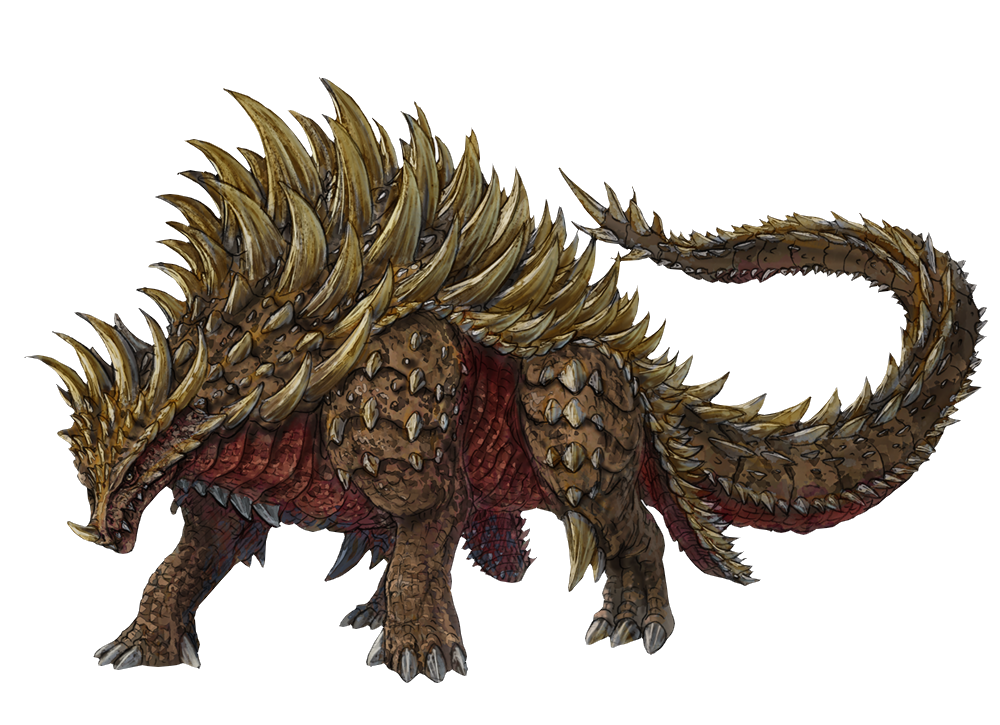
The next monster to appear is a bulky, heavily armored quadruped covered thickly in tough spikes, and in this continuity, the name "Anguirus" is given to it by a child who was trying to pronounce "Ankylosaurus." The ornery creature is about the size of a semi truck, and keeps growing even larger as it scavenges the dead bodies of Radon. You wouldn't expect mere bullets to do much to this creature's hide, but something weird happens when the military does attempt to fight it off with guns: the bullets are perfectly deflected back at the attackers by sudden, lightning-fast twitches of the monster's spines. Analysis of camera footage shows that Anguirus begins to move a spine into the path of a bullet before the gun is even fired, which implies that the monster is actually seeing at least a split second into the future, lending credence to an earlier theory that these giant monsters might not exist within the confines of time and space as we traditionally understand them.
SALUNGA
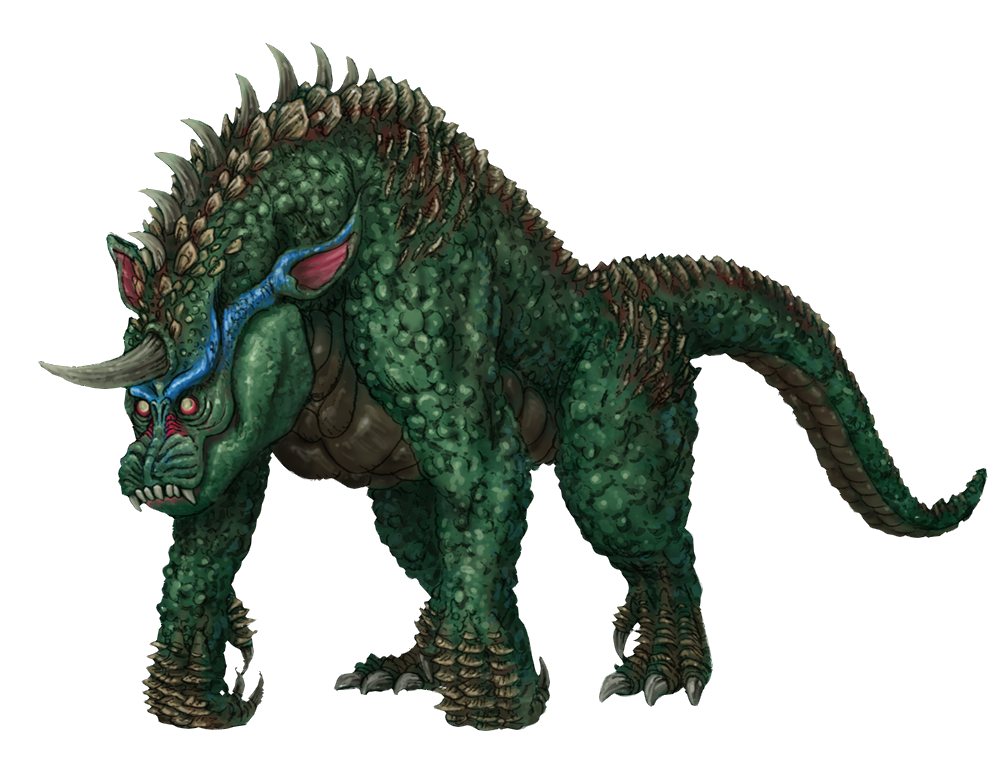
By the time this giant mammalian-reptiloid manifests from a cloud of the red dust, we've learned a little more about what might hypothetically be happening and how the strange particles are connected to it, but I'll save that for a spoiler warning when we're done with the monsters. Able to generate electricity from its entire surface, Salunga is capable of manipulating or even detonating the dust, and more alarmingly appears capable of surviving almost any degree of physical injury up to and including impalement through what should have been its brain, heart and lungs, though a throwaway line in the first episode does imply that Radon lack a recognizable digestive tract, so we can't be sure that any of these monsters possess the same internal organs with the same functions we would expect.
Salunga's hunched stance brings to mind both a crocodilian and a baboon, while its skull shape seems to combine both animals with a dash of hippopotamus, finished off with wickedly protruding teeth and two beady, pure white, dreadfully penetrating eyes.
The end result of combining such notoriously goofy-looking kaiju just turns out to be a terrifyingly goofy-looking kaiju. Salunga is an absolutely murderous looking monster.
MANDA
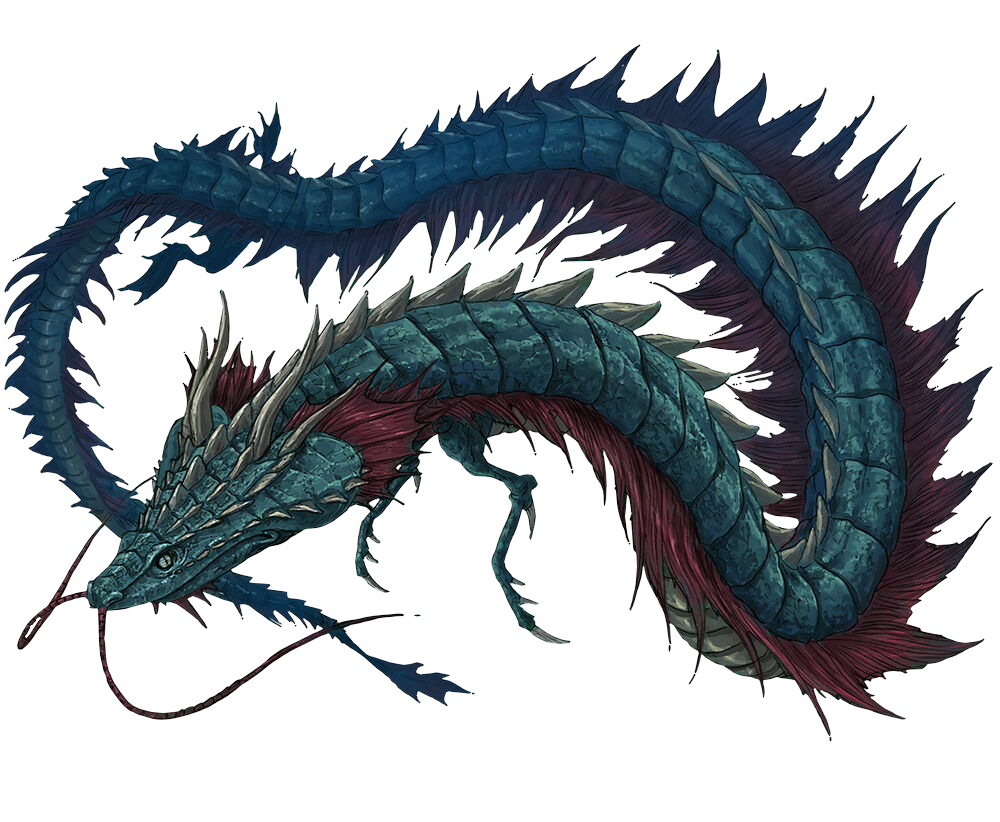
One of the largest creatures in the series is first seen as a beached corpse, but many more "Manda" begin to terrorize the seas in no time. These never demonstrate any known powers or abilities, but they are hundreds of feet in length, and their arrival coincides with massive "red tides" that we know are not caused by mere algae. Is it only runoff from the red dust brought by other monsters, such as Radon, or is it spilling into the water from somewhere else??
These gorgeous, turquoise serpents have pointed faces that recall both snakes and possibly sharks, especially when we see their mouthfuls of tiny, triangular teeth. Their bodies are covered in a chitinous-looking scaly exoskeleton and brilliant red, triangular fins line their entire length. Most unusually, their spindly forelimbs are insect-like, and they have long, whiplike antennae on the end of their snouts.
Kumonga
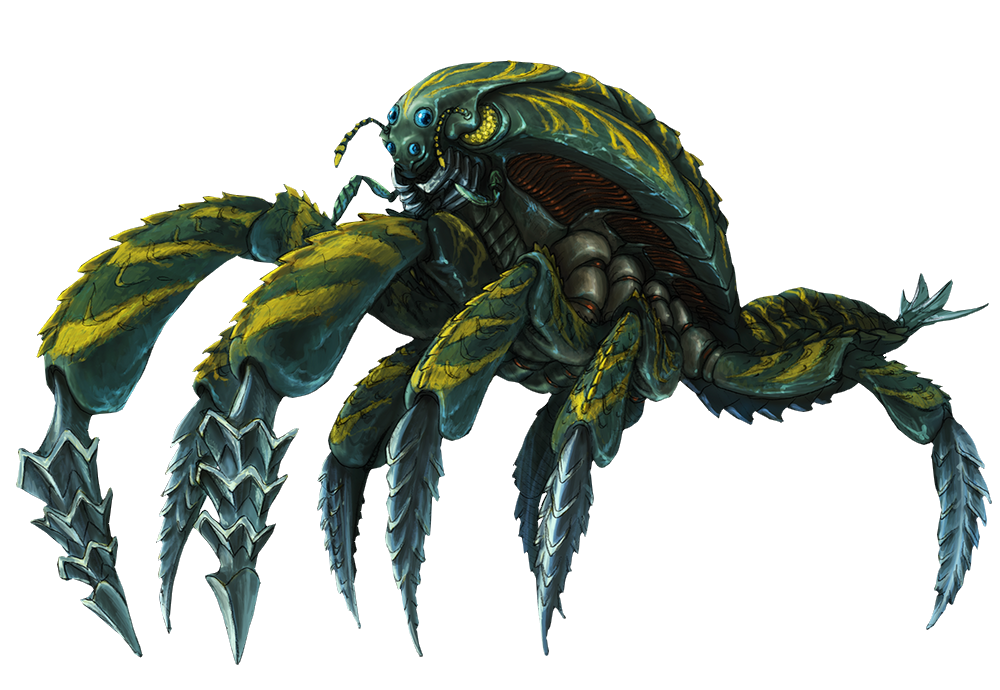
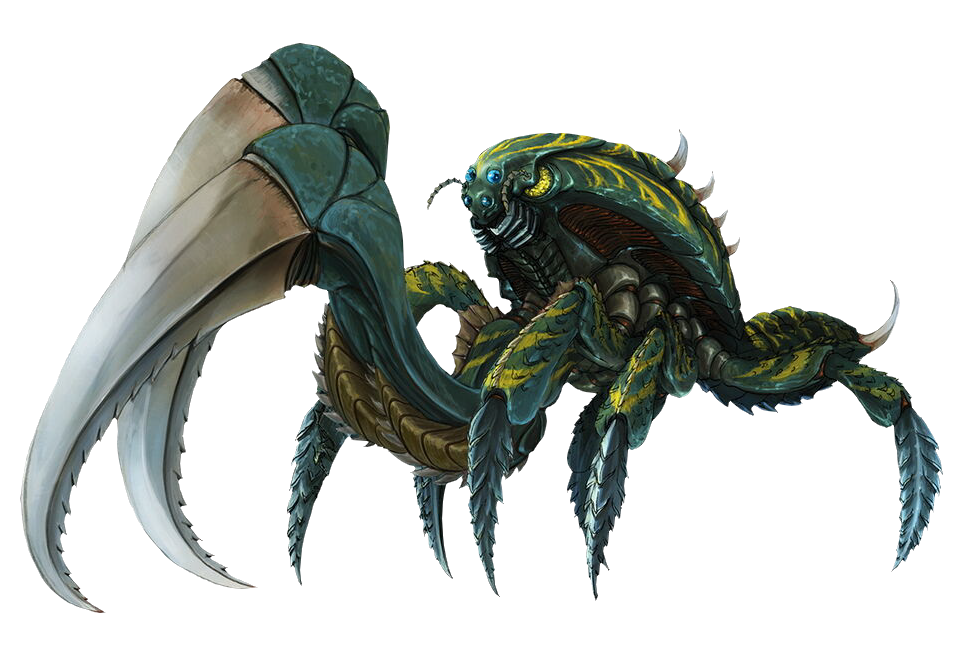
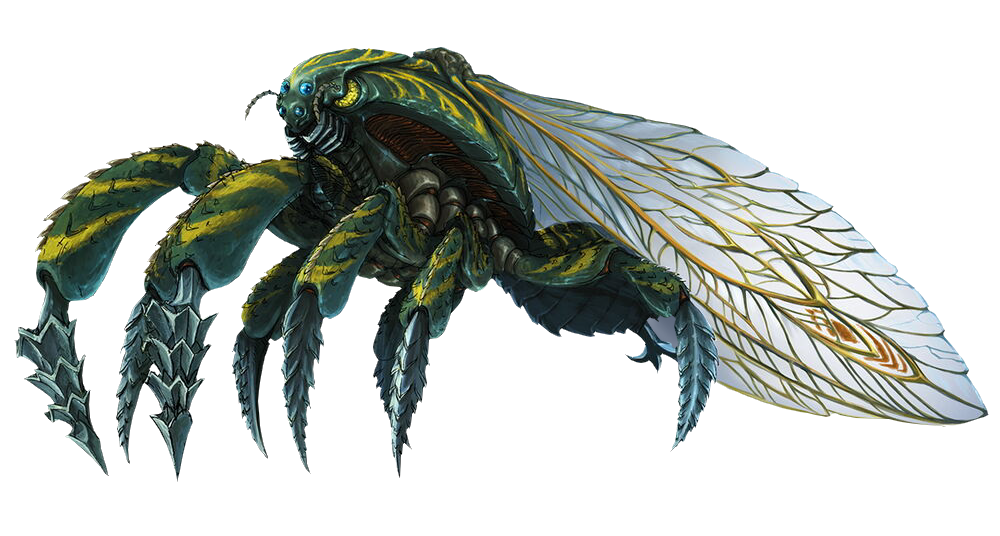
With the monsterpocalypse in full swing, a new species of smaller-scale kaiju make their presence known, multi-legged arthropods that produce enough thick, sticky silk to web up entire buildings and cocoon paralyzed prey! Nesting in an old boathouse, the evidently eusocial monsters produced several additional castes: Kamanga are individuals with immense, bladed forelimbs reminiscent of a preying mantis, Hanega possess cicada-like wings, and a final form dubbed the Zenbunga has both the talon and wing adaptations.
Despite being referred to as "spiders," these Kumonga have a shape more like huge coconut crabs than anything else, while their faces combine spider-like blue ocelli with angry, multifaceted insect eyes, short antennae and twin rows of angular, metallic mandibles; more details that some of you already recognize from elsewhere.
Every form of these Kumonga also has an official latin name, with the basic form known as Kumonga cytodes, honoring the fact that a real species of spitting spider was named Scytodes kumonga in 2020. The spelling "cytodes," however, means "hollow vessel," and a cytode is any single-celled protoplasmic organism without a distinct nucleus. This brings us to the most surprising and most "bogleech.com" kaiju cameo in this series, because when a Kumonga is injured, it bleeds a bright blue ooze that seems to move of its own accord, allowing the bugs to continue attacking, like the living dead, no matter how mangled or dismembered... and just once, just briefly, a mass of this goo takes on an iconic visage:
Totally unrelated to this was the 1997 children's show, Godzilla Island, which actually told stories through the use of existing kaiju action figures as crude puppets. One such puppet was evidently the result of the smog monster absorbing the infectious fungi of Matango island to create Neo Hedorah, a fungal sludge kaiju able to spread poisonous, energy-sucking parasitic mushrooms!
There's no official word on whether Kumonga cytodes borrows from any of these overlooked misfits, but we've got an amoeba puppeteering a bunch of giant crustaceoids around like it's a cordyceps fungus, it has Hedorah's face, and all of these amorphous body-snatchers are predominantly bright blue!
GODZILLA AQUATILIS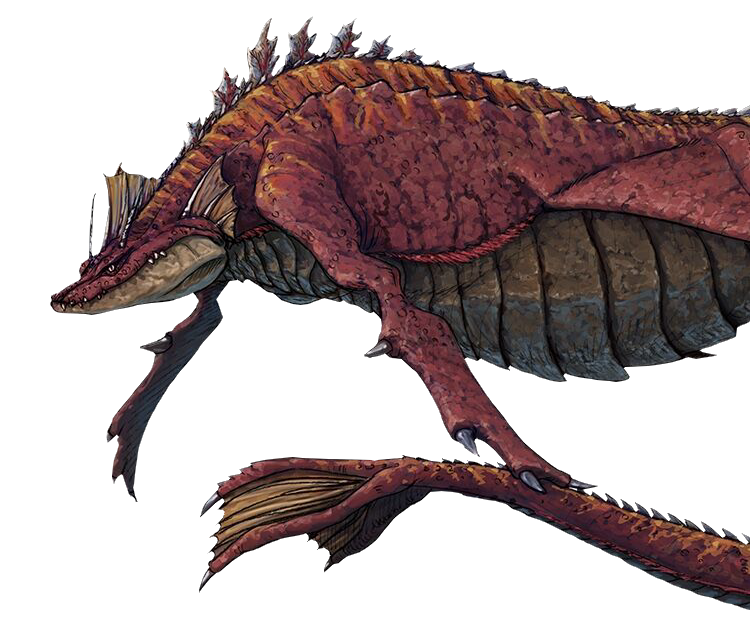
Begrudgingly leaving behind my new favorite thing in the Godzilla multiverse, we finally come to the intended star of the whole thing, but with a highly unfamiliar look! Aquatilis is Godzilla adapted completely for an underwater lifestyle, with a broadly flattened skull and more fish-like ventrally flattened body, flipper-like limbs and an enormously long tail that ends in a three-pronged fin. In all forms, Godzilla in this continuity exudes tremendous volumes of the red dust, and while we can't know for certain, its awakening could be what triggered the appearance of every other monster in the series.
The design of Aquatilis has also been explicitly stated to reference Titanosaurus, lifting its head fins and its horns entirely unchanged. Mayba there's no Titanosaurus or Ebirah in Manda? ...Or maybe they just mixed and matched some of the same kaiju multiple times.
GODZILLA AMPHIBIA
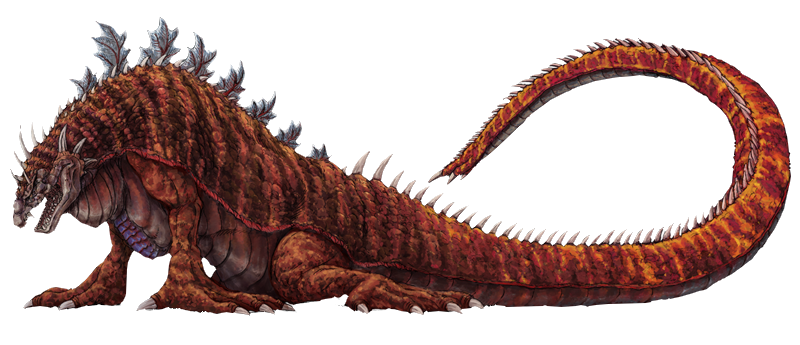
Aquatilis eventually creeps its way ashore, and it undergoes a rapid metamorphosis into a belly-dragging, spiny quadruped with a more iguana-like appearance and an ability never before seen in Godzilla or any other Toho monster: vaporous breath cold enough to freeze matter on contact, but also catastrophically flammable, generating an explosion that reduces everything to iced-over charcoal...but including Godzilla itself.
The seemingly very dead monster crusts over with red dust, but new activity is soon detected beneath its surface like a pupating insect.
GODZILLA TERRESTRIS
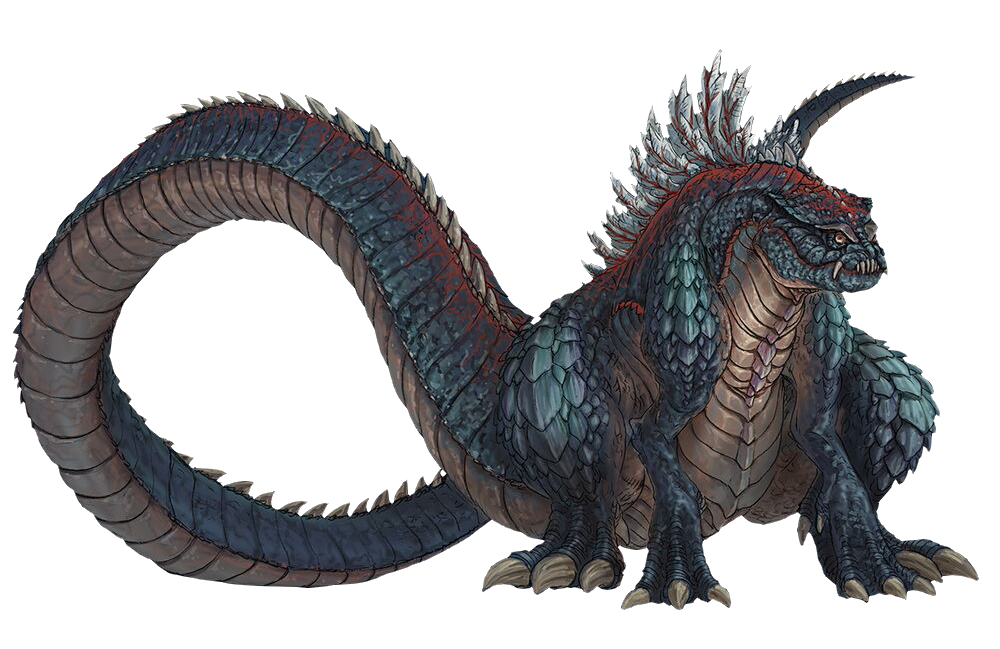
What emerges from the huge "cocoon" is fully adapted to dry land and much closer in appearance to the Godzilla we know, but with abilities even weirder and more surprising than flammable ice. Its forearms can suddenly stretch several times their length, and its jaws open much wider than they seemingly should. It swaps the icy vapor for the familiar atomic breath, but emits it in a flying ring rather than a beam. Most shockingly, it can form powerful, whipping tentacles from its blood when wounded, protecting itself from further attack while it rapidly regenerates.
GODZILLA ULTIMA
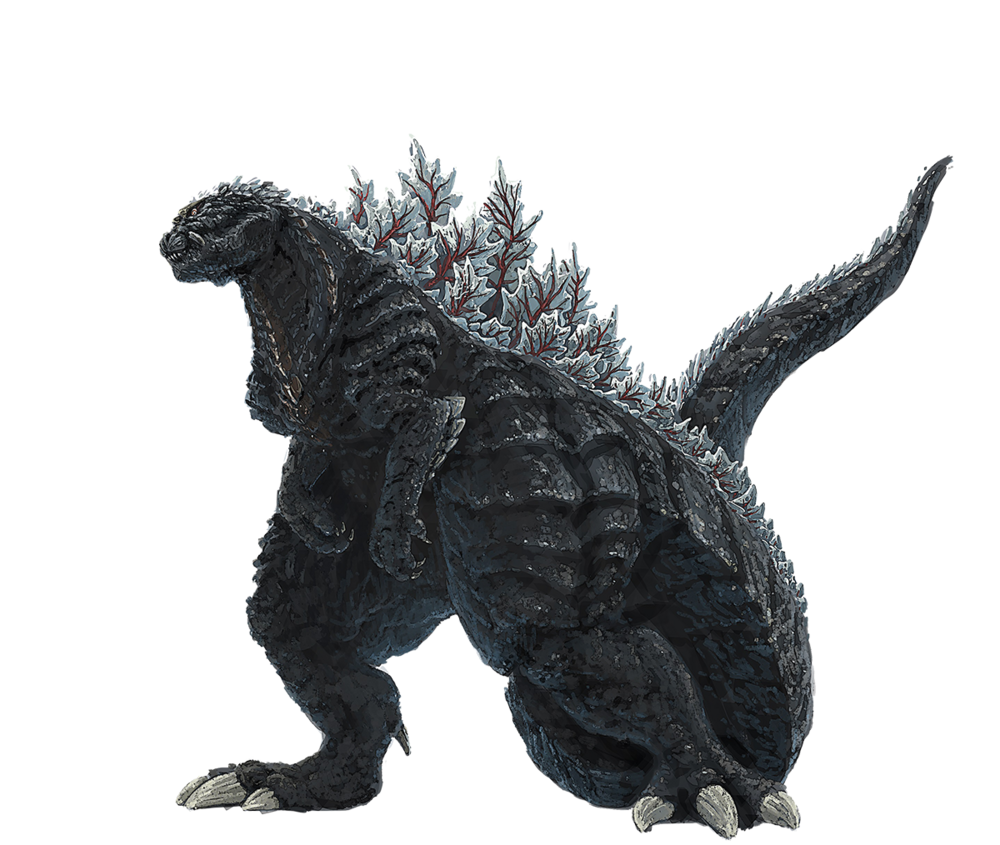
So does it qualify in any way as a spoiler that Godzilla eventually morphs into a form immediately recognizable as Godzilla? I think you can just guess that's what they're building up to, but it's still a design with some uniquely gorgeous flair, a terrifying black mountain of lizard with red-veined spines and that pugnaciously fanged, almost feline muzzle of some of its most classic incarnations. The threat posed by this particular Godzilla, however, goes far beyond demolishing skyscrapers.
The rest of this article gives away MAJOR story details that are much, much more interesting to discover for yourself, but it's also the case that many viewers were left more confused than when they started. If you've watched the series - or you take a break here to do so - you can consider this a condensed clarification of what, exactly, is supposed to be going on.
THE RED DUST (BIG SPOILERS!)
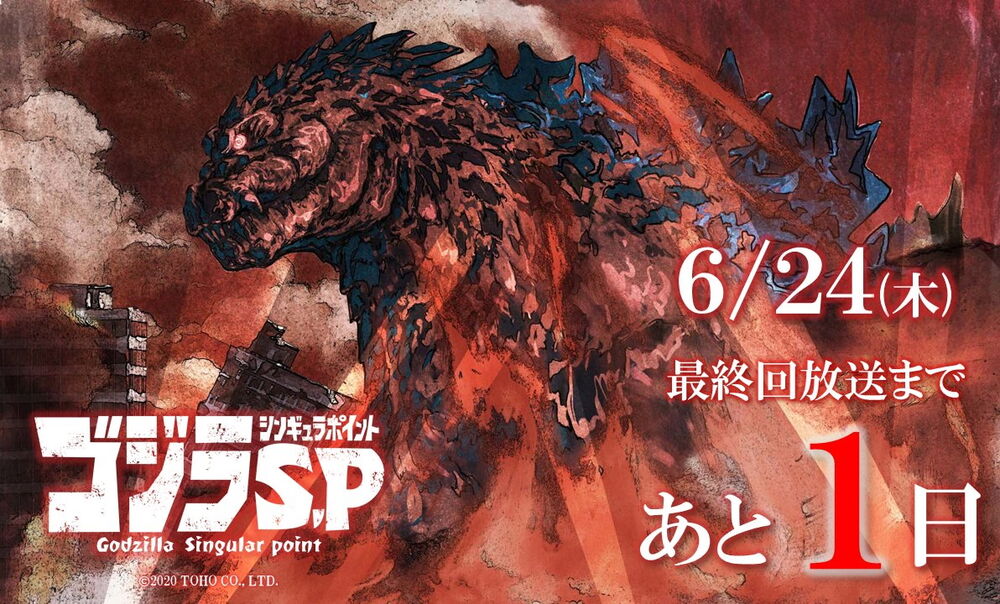
Godzilla: Singular Point is a series denser in technical lingo than an entire Star Trek season, and not a word of it is careless babble. Series writer Toh Enjoe graduated the University of Tokyo with a PHD in mathematical physics by the end of the 1990's, and worked in academia for most of a decade before discovering his true passion as a speculative fiction writer. He has by now penned several works of hard science fiction interwoven with real mathematical and geometric theory that many readers may find almost impenetrable, and this series is no exception. While you can probably still enjoy the ride, you'll completely miss most of the story if you zone out through the scientific jargon, which actually gets into several more concepts than we're even going to be summarizing here.
Early on though, we begin to learn about a hypothetical material called archetype, invented for this series but not necessarily ruled out by our current understanding of the universe. Toh EnJoe proposes that this is the particle created by singular points, or singularities, and would exist in multiple places at multiple points in time simultaneously. Every molecule of such a material would therefore physically connect entirely different realities and timelines in sort of the same way that a staple connects multiple sheets of paper.
So, you can guess what our very geekiest characters begin to unravel over the course of this series; an uncanny similarity between the observable behavior of the red dust and the theoretical behavior of archetype. A few flecks of the substance are nothing to fear, generating only the tiniest possible bubble of overlapping yet conflicting realities, that's all, but the more you collect in one place, the larger the surrounding dimple they press into the membranes of space-time.
Somehow, Godzilla itself is a living singularity, its existence continuously flooding the surrounding reality with hundreds of trillions of archetype crystals. Godzilla, therefore, exists simultaneously in an unknown number of realities, functions outside the same linear flow of time that we do and inherently redefines the nature of all reality around it, terraforming our world into one alien enough for such an impossible being to exist. When it makes a mistake, sometimes even destroying itself by its own actions, it manipulates the red dust to recreate itself in a more suitable new form, at once adapting to its environment and adapting its environment to itself to achieve a functional immortality.
We always knew that a "real" Godzilla should break the laws of physics, but this Godzilla BREAKS the laws of physics. It's a thing that forces its existence into the puny confines of our universe like a circular peg hammered through a square hole.
Singular Point doesn't put as ghoulish a spin on the reptile as Shin Godzilla, but it plays into the logical impossibility of kaiju for the kind of unreality intrigue you might expect more from Junji Ito or the SCP Foundation, reinventing a bunch of very big animals into what can only be referred to as quantum horrors. And as vibrant, colorful and optimistic as its narrative is, it recaptures some of the existential terror of Godzilla's roots in more ways than one, because, not to end on this on too dark of a note, but the writer has been VERY up front about the true meaning of this story:
The original Godzilla wasn't just a scary movie monster, but embodied the looming threat of atomic warfare should it continue to escalate. Godzilla: Singular Point is meant to serve as a very similar allegory for an insidiously slower, subtler destruction we still have at least some power to mitigate within our lifetimes.
MORE HALLOWEEN FEATURES:
